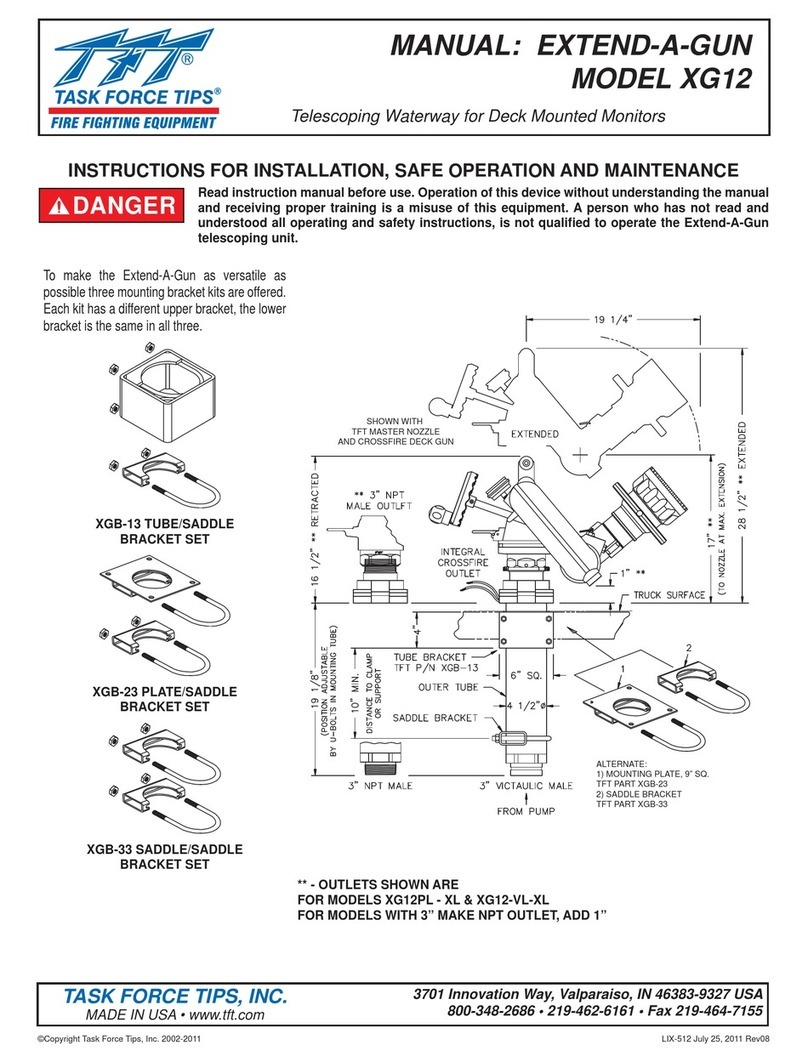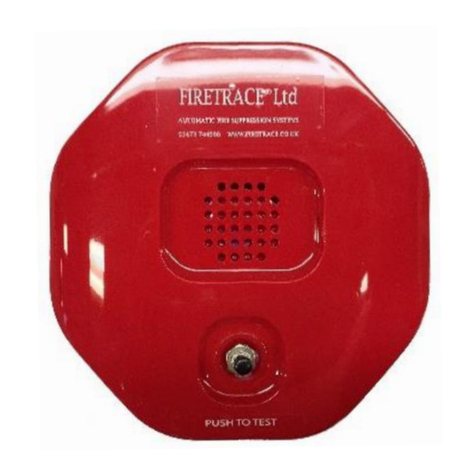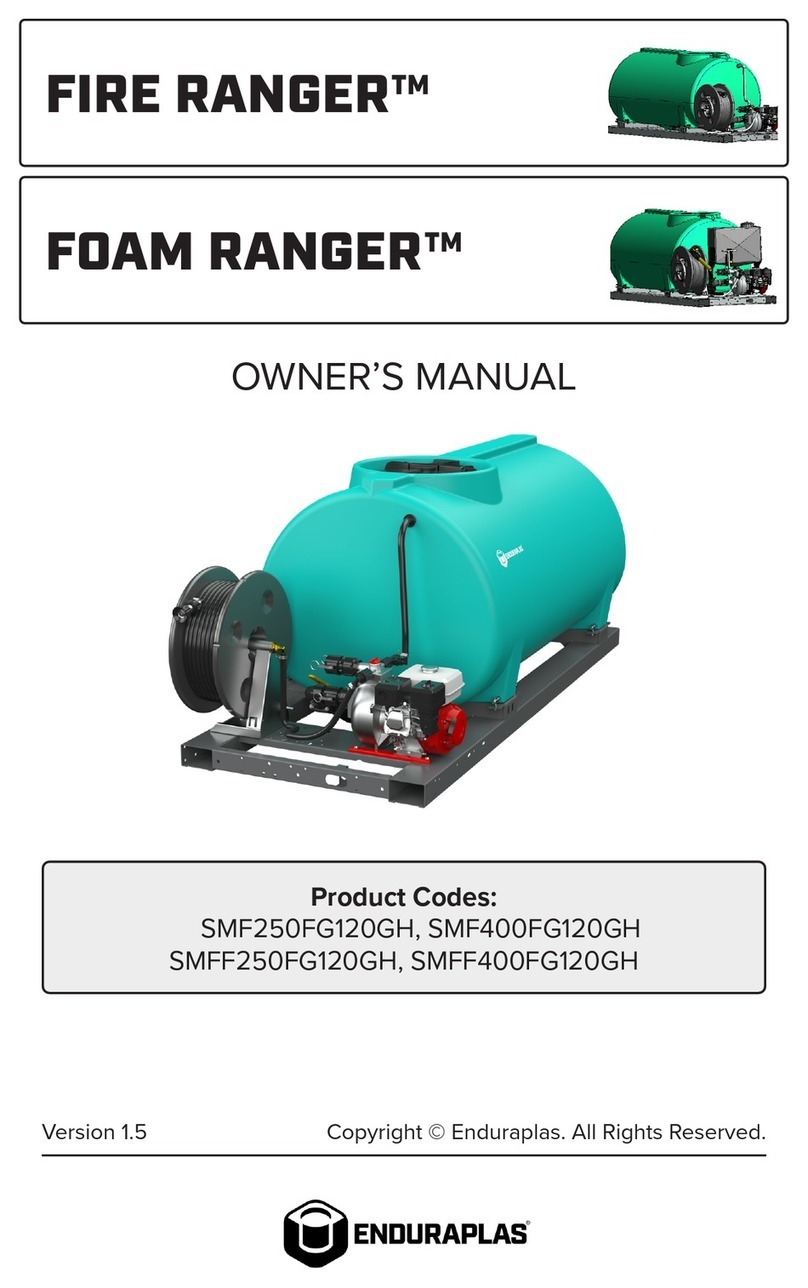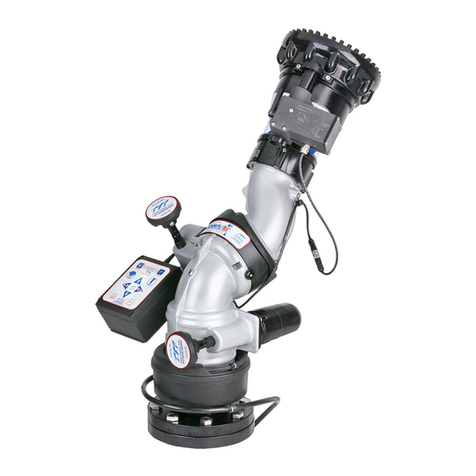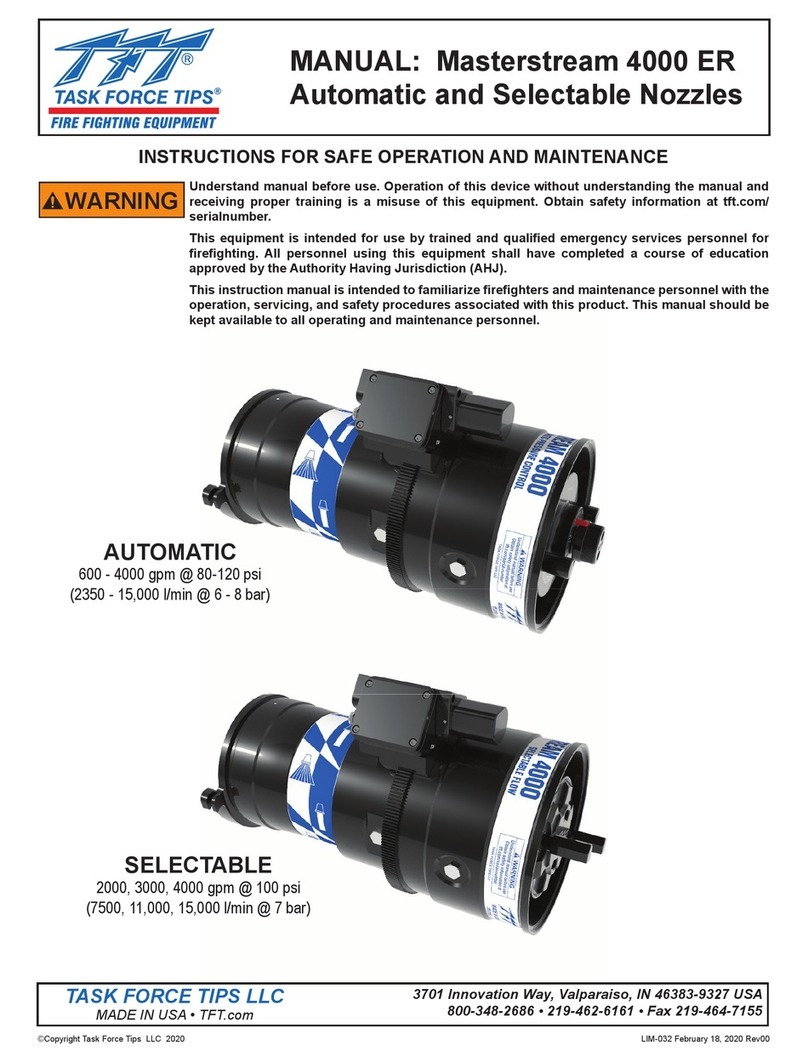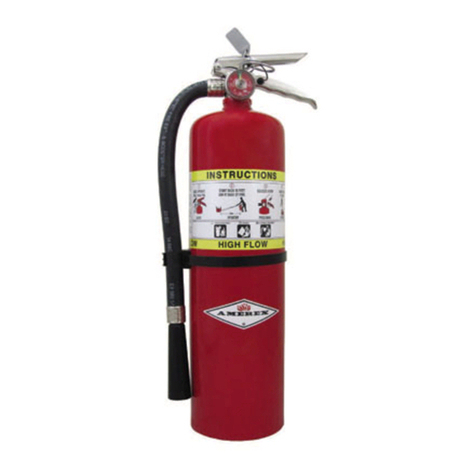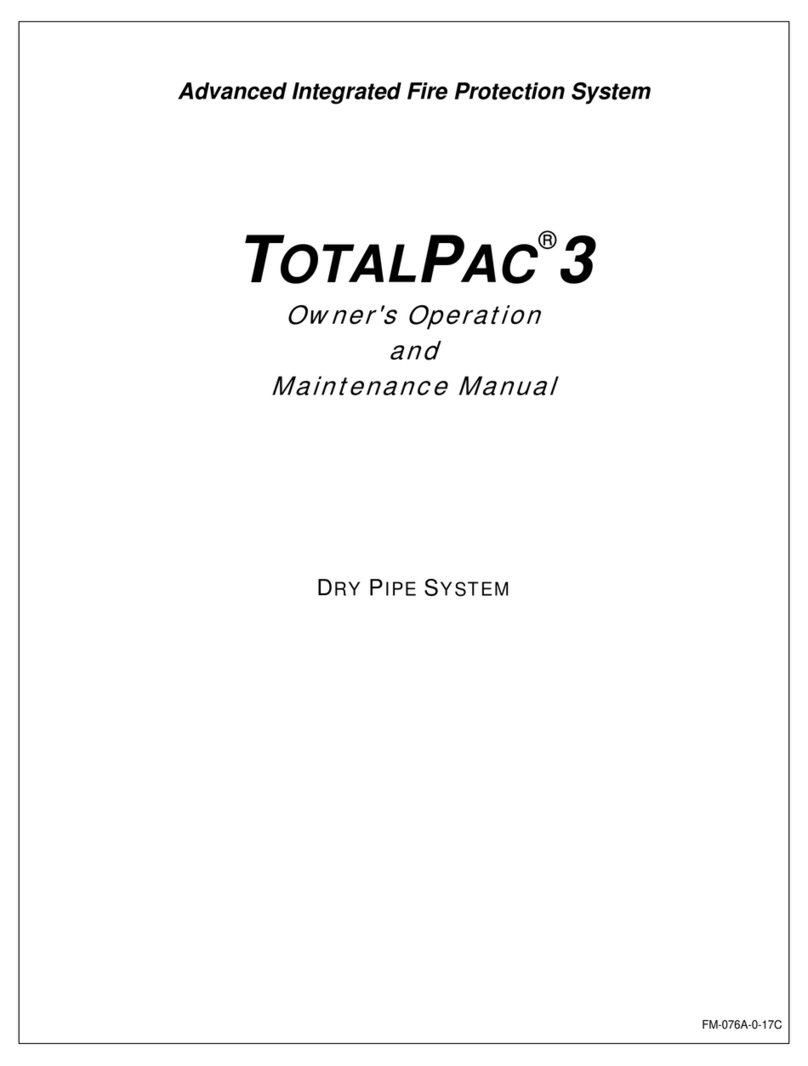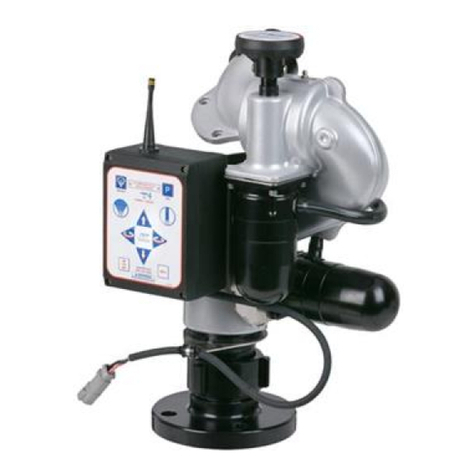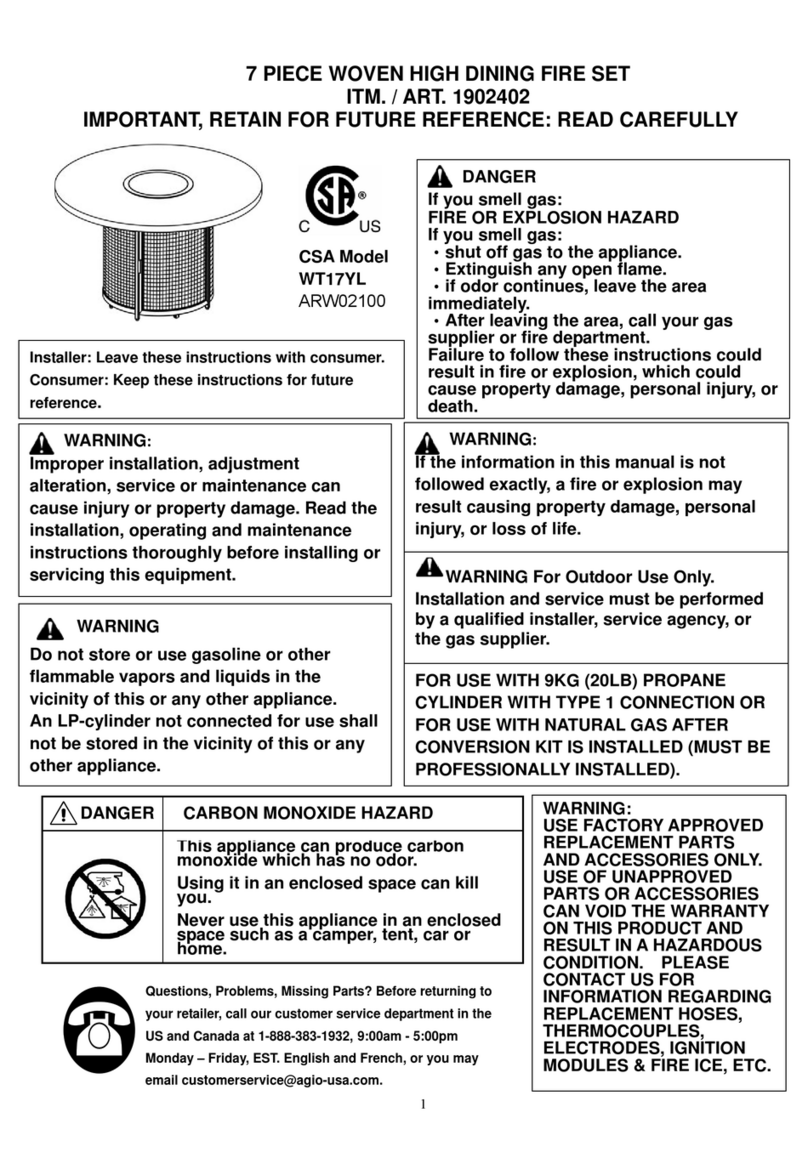
WARRANTY AND DISCLAIMER: We warrant Akron Brass products for a period of five (5) years after purchase against defects in materials or workmanship. Akron Brass will repair or replace product
which fails to satisfy this warranty. Repair or replacement shall be at the discretion of Akron Brass. Products must be promptly returned to Akron Brass for warranty service.
We will not be responsible for: wear and tear; any improper installation, use, maintenance or storage; negligence of the owner or user; repair or modification after delivery; damage; failure to follow
our instructions or recommendations; or anything else beyond our control. WE MAKE NO WARRANTIES, EXPRESS OR IMPLIED, OTHER THAN THOSE INCLUDED IN THIS WARRANTY STATEMENT,
AND WE DISCLAIM ANY IMPLIED WARRANTY OF MERCHANTABILITY OR FITNESS FOR ANY PARTICULAR PURPOSE. Further, we will not be responsible for any consequential, incidental or
indirect damages (including, but not limited to, any loss of profits) from any cause whatsoever. No person has authority to change this warranty.
REVISED: 7/11
PHONE: 330.264.5678 or 800.228.1161 I FAX: 330.264.2944 or 800.531.7335 I akronbrass.com
ISO 9001 REGISTERED COMPANY © Akron Brass Company. 2011 All rights reserved. No portion of this can be reproduced without the express written consent of Akron Brass Company.
WARNING: Movement of the Apollo will occur when taking the outlet down to 15°. Do not operate the Apollo
from behind the unit. Stand to the side and ensure adequate clearance is available behind when the
Apollo moves backwards.
The Apollo will slide sideways when sweeping below the safety stop. Always operate from the side which the discharge is pointed.
The Apollo will slide sideways in the opposite direction. Also ensure adequate clearance to allow for this sliding movement.
Do not sweep rapidly back and forth. Sweep in a slow controlled manner.
NOTE: Read the standard Apollo SI operating instructions for other standard operating requirements before use.
ROUTINE MAINTENANCE INSTRUCTIONS
Style 3414 Apollo™Portable Monitor
The following maintenance procedures will extend the service life of this appliance.
A. Four grease fittings are provided for lubrication. Use Low-Temp Lubriplate®or equivalent.
1. The horizontal and vertical swivel joints should be lubricated until a small amount of grease appears through the holes in
the swivel plugs on either side of the grease fitting.
CAUTION: Avoid excessive pressure when using the grease gun. This may damage the O-Ring Seals in the joints.
2. The elevating mechanism must be lubricated in two places—the lower elevation arm and the upper adjustment bushing.
NOTE: The upper grease fitting is designed to lubricate the whole threaded rod. It may be necessary to adjust the elevation
while greasing the unit to ensure lubrication of the full rod length.
B. Examine the points of the ground spikes in the portable base. If the flat of any spike exceeds 1/16” (1.5mm) diameter, it must be
sharpened or replaced. To sharpen, use a flat file or grinder and maintain the same taper as the original spikes. If a grinder is
used, do not allow the spikes to become hot, or change color, since this will reduce the hardness and spikes will not remain
sharp in service.
C. Check the spring loaded spike holders in the portable base to ensure that they move freely. Use a dry spray lubricant if
lubrication is required.
D. Check that the elevation stop operates properly and must be released to lower the unit below 35˚ elevation.
E. Check both the inlet clappers function properly. Lubrication is not normally required in this area.
F. Check that the horizontal brake operates freely and apply a small amount of oil to the brake shaft.
G. Check that the latch of the safety chain hook engages properly in the chain.
H. If any of the parts do not function properly, contact Akron Brass for repair instructions or return the unit to either Akron Brass
Company or Akron Manufacturing Company at the address listed on the back page.





